 |
 |
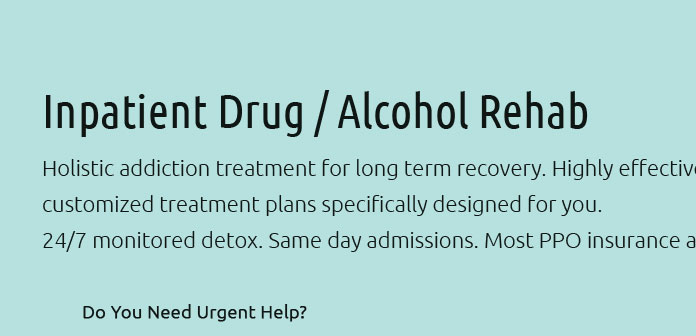 |
 |
 |
 |
||
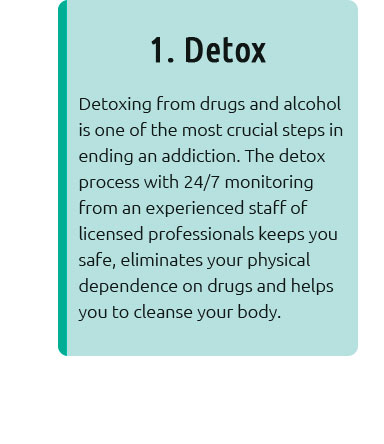 |
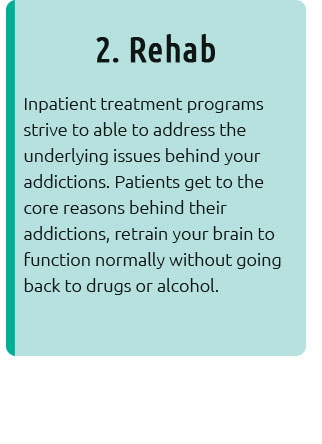 |
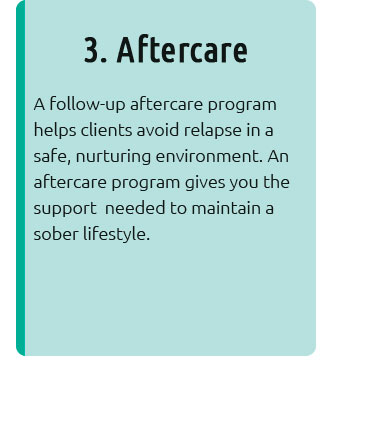 |
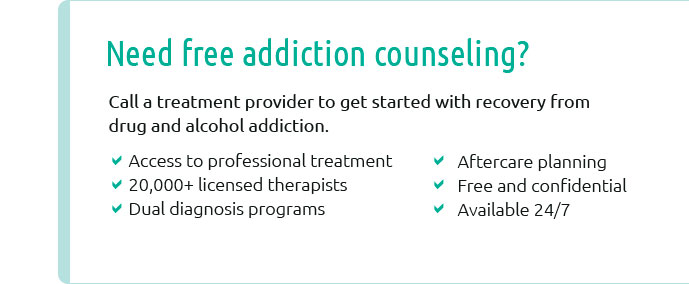 |
 |
 |
 |
||
 |
||
 |
||
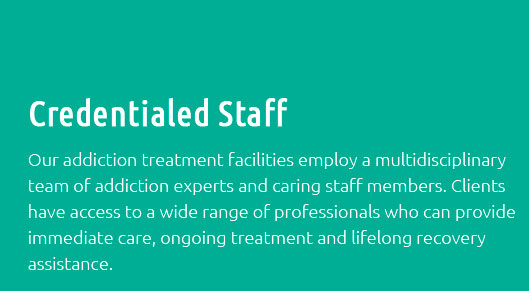 |
 |
 |
|
 |
|
|
Unlock a life of clarity and empowerment with our inpatient drug and alcohol rehab, where transformation is not just a promise but a lived reality; our inpatient residential programs are crafted to provide an immersive healing experience, blending compassionate care with evidence-based therapies to guide you through every step of your recovery journey-because overcoming addiction is not just about quitting, it's about rediscovering yourself, embracing change with resilience, and stepping boldly into a future you deserve, surrounded by a community that champions your success every single day.
https://www.sierrahealthwellnesscenters.com/programs/residential-inpatient-program/
Unlike outpatient programs, which allow clients to live at home and attend treatment sessions during the day, residential rehab provides a highly structured and ... https://www.psychologytoday.com/us/treatment-rehab/ca/san-jose?category=residential-inpatient
We offer the following services: Medically Assisted Detoxification, Residential Inpatient Premises, Co-Occurring Mental Health Treatment Programs,. Our high-end ... https://siliconvalleyrecovery.com/treatment-options/residential-treatment-center/
Our inpatient residential treatment center in California offers all the comforts of a homelike setting and the exciting aspects of the bay area.
|